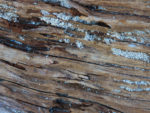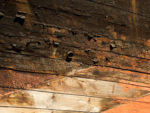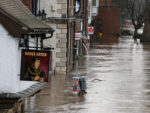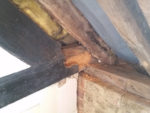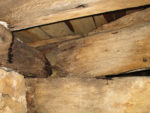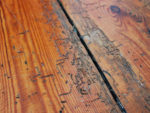This section is dedicated to all types and caused of timber decay, particularly rot. We have projects which will help you to identify dry and wet rot, and explain the necessary treatments. This section also covers information about woodworm which is another major cause of timber decay.
There is also specific information about how to treat and preserve wood after flooding and how to protect it from ongoing water damage. There is advice and guidance about how to repair structural timber joist in situ.
One of the most important contributory factors in wood decay is damp. We have a section dedicated to the causes and cures of damp which is well worth browsing through. The moisture that damp creates accelerates the decay of any timber, and reducing damp will protect your timber from much of the decay that it could experience.
Aligned with damp, condensation might be a factor in timber decay; you can find out more in our section about condensation.
The Different Types and Causes of Timber Decay
There are four principle types of timber decay:
- Biological
- Chemical
- Physical
- Radiation
These different types of decay will have one or more agent that cause the wood to breakdown. This will happen in different ways depending on the agent.
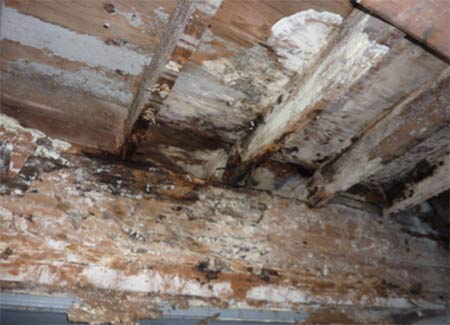
Biological Agents of Wood Decay
Biological decay is probably the single biggest cause of timber decay, outstripping the other types combined. It is the changing of the timber in a detrimental way by the actions of living organisms. These organisms can be beetles or fungi which feed off the wood, and their activity is generally accelerated by environmental conditions.
Environmental factors that will contribute to timber decay include humidity, temperature and ventilation (or lack of it). The more moist and warm it is the better suited it is for the growth of fungi in particular.
The main agents of wood decay are:
- Fungi
- Beetles (or their larvae)
- Lichen and Algae
- Moss and plants
- Other animals; termites, moths and lice
There is detailed information about the identification and treatment of these different agents in the projects above, so we will not cover them in this simple summary, other than to describe the difference between the types of fungi that have the most damaging effect to wood.
Fungi that Cause Wood Decay
There are several types of fungi that are responsible for wood decay:
- Dry Rot – (Serpula lacrymans) This occurs where there is at least 20% moisture content in the wood, but ideally between 30-40%. It needs a temperature of between 20-25°C to grow in buildings
- Wet Rot – This to be continually damp to survive and will grow rapidly when the moisture content is between 50-60%. Most of the wet rot fungi thrive between 20-30°C. Some common wet rot fungi: Cellar rot fungus (Coniophora puteana); Poria fungi, (Amyloporia Xantha, Fibroporia vaillantii and Poria placenta), Oyster fungus (Pleurotus ostreatus), Donkioporia expansa, Phellinus continguus
- Soft rot – (Chaetomium globosum)
- Other Moulds and Fungi – These include Moulds (Alternaria spp, Aureobasidium spp, Aspergillus spp, Cladosporium spp, Penicillium spp, Trichoderma spp), Slime moulds (Myxomycetes), Plaster fungi (Coprinus spp, Peziza spp, Pyronema spp), Stain fungi (Aureobasidium spp; Cladosporium spp)
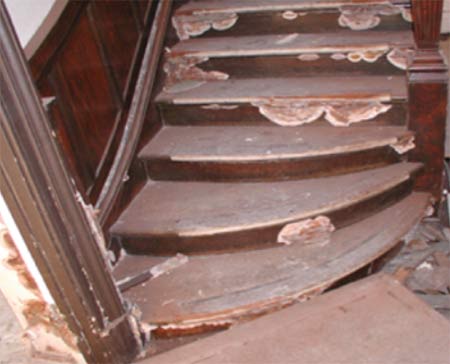
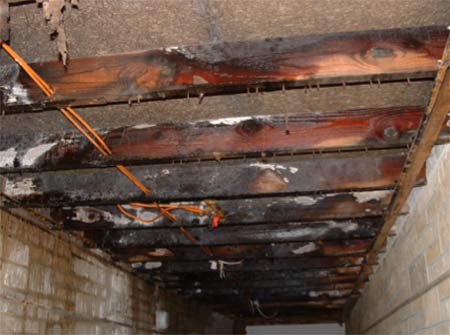
Beetles that cause Wood Decay
There are a range of beetles that cause wood decay. It is actually their larvae that cause the damage as they feed and move through the wood breaking down the structure of the wood. The most damaging beetles include:
- Woodworm (Anobium punctatum)
- Death Watch Beetle (Xestobium rufovillosum)
- Powder Post Beetle (Lyctus spp)
- House Longhorn Beetle (Hylotrapes bajulus)

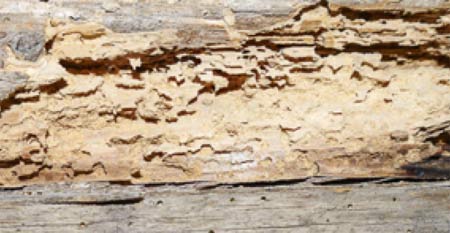

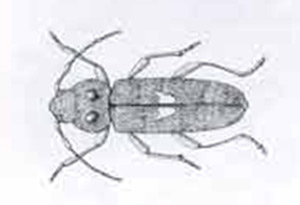
An adult Longhorn Beetle
Other Agents of Timber Decay
The biological agents of timber decay tend to be the most troublesome, however whichever agent does the bulk of the damage is important to acknowledge that there are others that will also contribute to the decay of timber in your home. These include:
- Chemical Agents include acids, solvents and caustic substances. These can be a result of pollution or from the treatment of other causes of decay. Some of the chemicals that are used to kill biological agents can damage the wood, although to a much lesser degree that their intended victim, so are generally worth using
- Physical Agents such as heat or wear from movement or use will damage the timber over time. Continued heating and cooling will affect the structure of the wood, as will prolonged saturation. It is often possible to remove the environmental factor that causes this physical damage; if it is not possible they you will need replace the timber work periodically as it wears out
- Radiation refers to the damage that can be caused by the UV light in sunlight. This often bleaches the colour of the wood; this is what makes wooden cladding or shingles turn slivery in colour. Typically the damage is gradual and exacerbated by other damage, particularly physical agents (and the wood would need to be exposed)
This article is a summary of the various agents of decay that affect timber and wood. You will seldom see them working alone, as they will work in concert to speed up the decay. The more that you can stop this happening, the longer that the wood will last. Please read the projects above for detailed instructions about treating specific types of timber decay.

